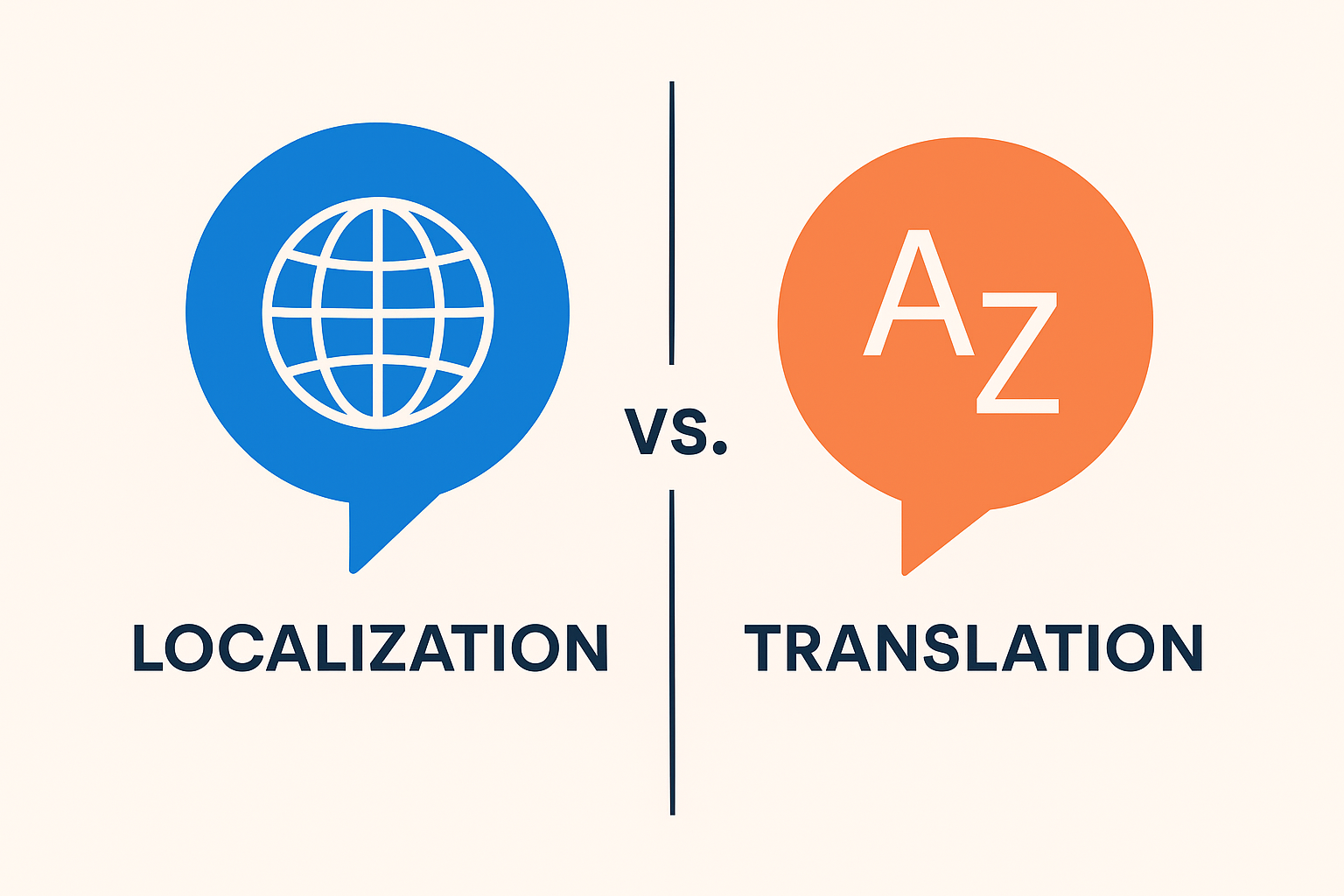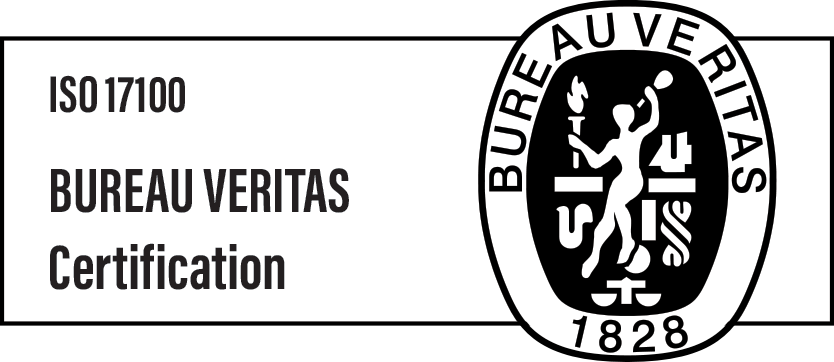Localization vs. translation: what’s the real difference?

A Common Mistake That Can Cost You
You want your brand to grow globally. So, you invest in translating your website, product, or marketing materials. However, something still feels off. Engagement is low. Users drop off. The message doesn’t land.
This disconnect often happens because translation is treated as the final step—when in fact, it should be the beginning. While translation changes words, localization changes the entire experience. And that difference can significantly impact your success in new markets.
In this article, we’ll explore how localization goes beyond translation. You’ll discover how it shapes user trust, influences brand perception, and delivers a stronger ROI—especially when targeting culturally distinct regions like Poland.
1. Translation vs. Localization: Two very different goals
To start, let’s clarify the basics.
Translation ensures that your content is accurate in another language. It focuses on converting meaning, sentence by sentence, so that your audience understands the message.
Localization, on the other hand, adapts that message to feel natural and familiar. It takes into account tone, layout, images, currency, and even user behavior. As a result, the same content can feel completely different to users in different regions.
For example, a translated call-to-action might say, “Download the app now.” In contrast, a localized version for the Polish market may soften the tone: “Try the app today and explore its features.” Although both phrases aim for the same outcome, their tone and cultural fit vary—and that can make or break engagement.
✅ Key takeaway: Translation is a task. Localization is a strategy.

Why culture changes everything
2. Polish localization: Why culture changes everything
Poland is a great example of why localization matters.
The language is highly inflected. Formality matters. Humor is used differently. And Poles are quick to spot translations that “sound foreign.”
We’ve seen cases where direct translations used too casual a tone for Polish audiences. Or where idioms simply didn’t land. In one marketing campaign, a translated product name had unintended associations—and had to be rebranded after launch.
On the other hand, when brands localize well—adapting tone, references, and layout—they see results. Bounce rates drop. Engagement rises. Trust grows.
✅ Key takeaway: Cultural adaptation is not a luxury—it’s a requirement for real connection.

UX and trust: The invisible layer of localization
3. UX and trust: The invisible layer of localization
Translation might get your message across, but localization makes the whole experience feel right.
Think about the details. Does the form accept local ZIP codes? Are the payment options familiar? Do the buttons say “Buy now” or “Complete order”? These things matter.
If users hit friction—confusing error messages, strange form fields, awkward wording—they lose confidence. Even if the translation is technically correct.
That’s why smart localization includes microcopy, navigation elements, and page flow. It adapts not just what users read, but what they click.
✅ Key takeaway: Users don’t just read your content—they interact with it. Localization makes that experience seamless.

Is localization worth the cost?
4. Is localization worth the cost?
Many companies hesitate when they hear “localization.” They picture high costs and long timelines.
But here’s what they often miss: the ROI.
We’ve seen localized landing pages convert up to 30% better than translated-only versions. Localized email campaigns get higher open and click rates. And in many cases, once you localize core assets, maintaining them gets easier over time.
Translation is often cheaper upfront. But poor engagement, rework, or brand damage can cost much more in the long run.
With the right Language Service Provider, you can localize smart—starting with high-impact content, using tools like translation memory and glossaries to reduce costs over time.
✅ Key takeaway: Strategic localization pays for itself—especially in competitive markets.

What your brand says
5. What your brand says (and what people hear)
Your words reflect your brand. So does your cultural awareness.
If your translated content feels cold, awkward, or out of place, your brand does too. Global users want to feel seen—not like an afterthought.
In Poland, for example, using the wrong level of formality can make your messaging sound rude or overly familiar. A slogan that works in the UK might sound arrogant elsewhere. Localization helps you strike the right tone—and show your audience that you respect their norms.
Your brand doesn’t just speak another language. It speaks like a local.
✅ Key takeaway: Localization builds brand perception—and that drives trust.

Translate to be understood. Localize to be chosen
Translate to be understood. Localize to be chosen.
Translation helps you get your message across. It ensures users understand what you’re saying. But understanding alone doesn’t lead to trust—or action.
To connect, convert, and compete in global markets, you need localization. It’s what makes your brand feel native to every audience. It adapts your tone, visuals, and user experience—not just your words.
Instead of asking “Is this translated?” your users should feel, “This was made for me.” That’s the real goal.
So if you’re expanding into new regions or refining your global presence, don’t settle for word-for-word. Work with an LSP that helps you localize with purpose—and impact.

